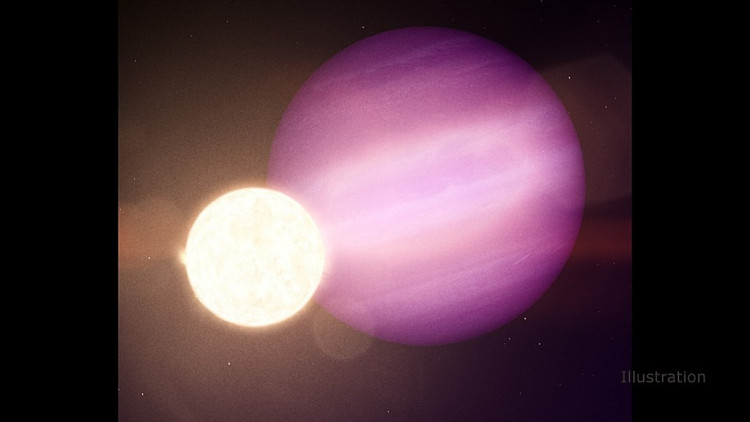Two high school students aged 16 and 18 years old have discovered four new exoplanets around the brightest known Sun-like star-and co-authored a paper published in The Astronomical Journal.
An exceptional accomplishment, and one described as "hitting the jackpot" by their mentor, Jasmine Wright, 18, and Kartik Pinglé, 16, are compensated for four hours of work per week by the Center for Astrophysics, Harvard & Smithsonian as part of its Student Research Mentoring Program (SRMP).
Wright and Pinglé identified the planets around a star named TOI-1233, the brightest observed star close in size and temperature to our own Sun, some 200 light-years from the Solar System in the southern hemisphere of the Centaurus constellation. It was already suspected that there was one exoplanet in orbit.
An exoplanet, or extrasolar planet, is a planet outside of our Solar System
As part of SRMP, the brilliant pair was partnered with a real-world scientist. The students then worked on a year-long project with their mentor, Tansu Daylan, a postdoc at the MIT Kavli Institute for Astrophysics and Space Research.
They started by studying a ton of data from the Transiting Exoplanet Survey Satellite (TESS), a space-based satellite orbiting the Earth, and surveying nearby bright stars in hopes of discovering new planets.
The team focused on TOI-1233 to see if the planets were circling around it. To their surprise, the group found not just one, but four planets instead.
"We knew this was the goal of Daylan's research, but to actually find a multi-planetary system, and be part of the discovering team, was really cool," Wright said.
According to astrochemist Clara Sousa-Silva, who runs the mentoring program, the teenagers may be the youngest astronomers to make such a discovery.
With the find, TOI-1233 became the brightest Sun-like star known to host four or more transiting exoplanets. It is set to be the perfect target for NASA's forthcoming James Webb Space Telescope (JWST)
Built to link high school students who are interested in research with real-world scientists at Harvard and MIT, SRMP welcomes 12 students per year, putting priority on under-represented minorities. Once admitted, students can collaborate with mentors on a year-long research project.
Not surprisingly, both students are dedicated to careers in astronomy. Wright has just been accepted a five-year Master's program in Astrophysics at the University of Edinburgh, Scotland, while Pinglé, a junior in high school, plans to pursue applied mathematics or astrophysics following graduation.




